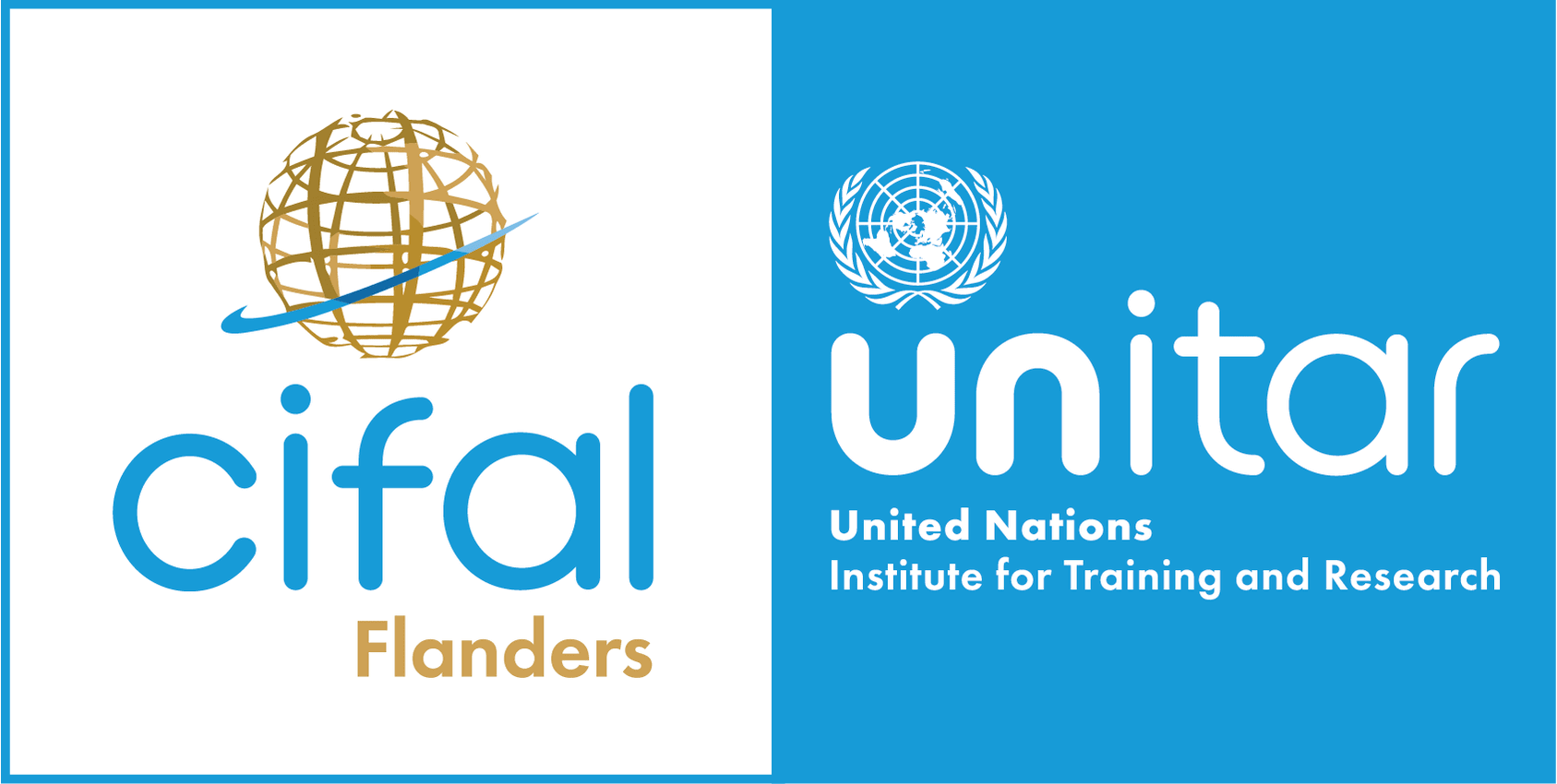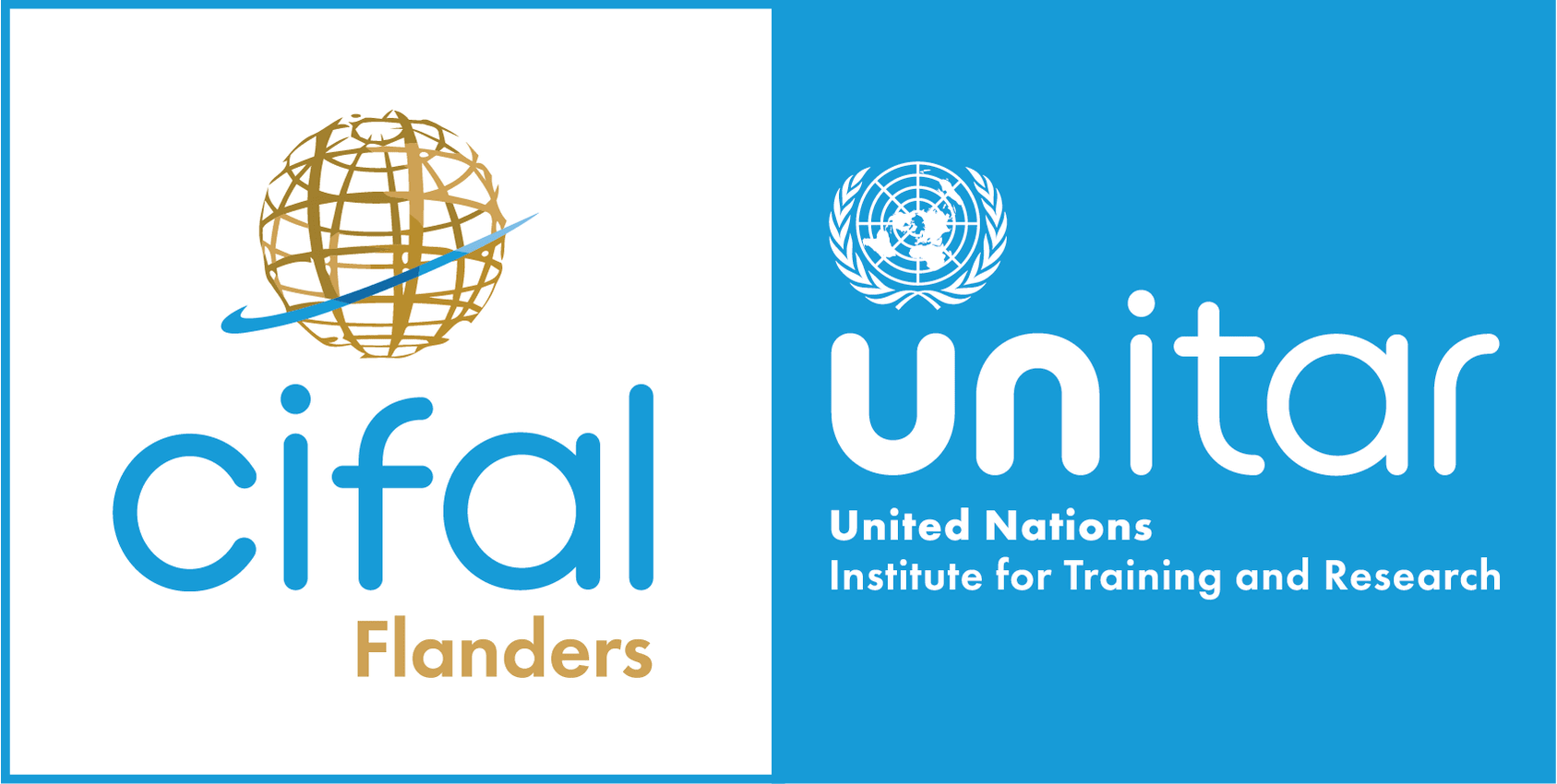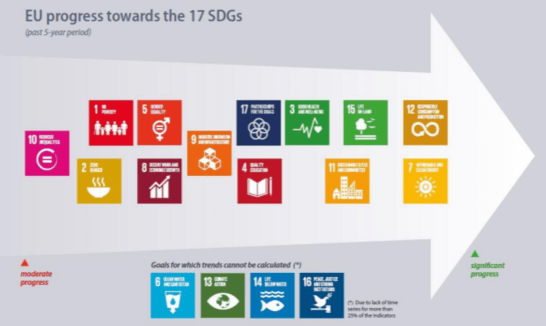At the end of 2017, Eurostat published a detailed evaluation report on the SDGs in Europe: Sustainable development in the European Union – 2017 monitoring report of the progress towards the SDGs in an EU context.
This report provides us with a first statistical overview of the trends with regard to the objectives of the United Nations over the past five years. As a reminder, the 17 SDGs, which include 100 indicators including 41 polyvalent, have to be achieved by 2030.
Trends of the SDGs in Europe published in the report:
The EU has made significant progress in the realization of the SDGs:
- 12 “Responsible consumption and production”
- 15 “Living on the land”
- 07 “Affordable and sustainable energy”
- 11 “Sustainable cities and communities”
- 03 “Good health and well-being”
- 04 “Quality education”
- 17 “Partnership to achieve goals”
- 09 “Industry, innovation and infrastructure”
- 05 “Gender equality”µ
- 08 “Honest work and economic growth”
- 01 “No poverty”
- 02 “No hunger”
- 10 “Reducing disparity”
The EU has made limited progress on the following SDGs:
Lastly, for the remaining four SDGs, Eurostat has been unable to evaluate trends due to lack of sufficient data. It concerns the following SDGs:
- 06 “Clean water and sanitary”
- 13 “Climate Action”
- 14 “Living in the water” and
- 16 “Peace, security and strong public services”
It is important to know that progress on certain SDGs does not necessarily mean that the situation is satisfactory for the EU. For example, in the case of SDG 15, focusing on life on land, most indicators point to good progress, but that should not lead to the conclusion that ecosystems or biodiversity in the EU are doing well.
More information about the results and the methodology used.



Comments are closed